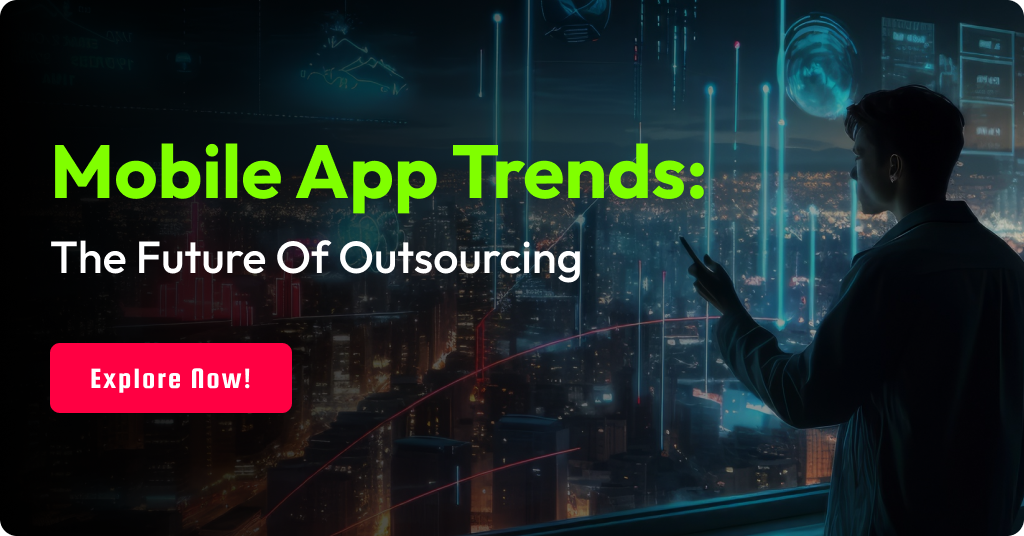As technology continues to evolve, businesses are constantly looking for innovative ways to engage with their customers. One popular approach to customer engagement is gamification. Gamification involves using game elements, such as points, badges, and leaderboards, to encourage participation and increase user engagement. In this article, I will walk you through the process of how to build a gamification platform in 2023 with the software development expert guide, including where to start, how to build, and how to measure success.
Introduction to Gamification Platforms
Gamification platforms has become increasingly popular in recent years because they offer a unique way to engage with customers. These platforms use game mechanics to motivate users to engage with a product or service, increasing user engagement and retention. Gamification is effective in industries such as education, healthcare, and retail, where engagement and motivation are critical to success.
A compound annual growth rate of 25.3% is expected to drive the global gamification market from $14.87 billion in 2022 to $18.63 billion in 2023. At least in the short term, the Russia-Ukraine war disrupted the possibility of a global recovery from the COVID-19 pandemic.
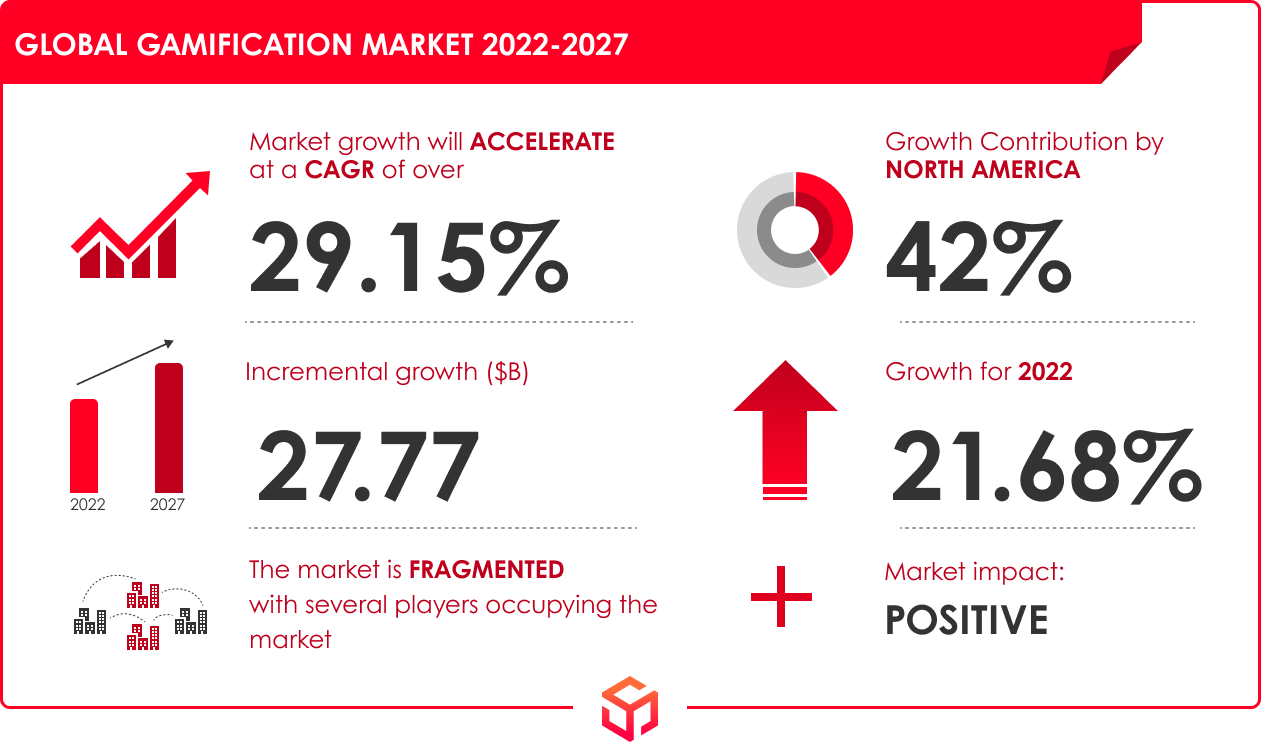
Several countries have been hit by sanctions, commodity prices have risen, supply chain disruptions have caused inflation across goods and services, and multiple markets are being affected. A CAGR of 25.6% is projected for the gamification market in 2027 to reach $46.44 billion.
Building a Gamification Platform: Where to Start
Before you build your gamification platform, you need to determine your goals and objectives. What do you want to achieve with your platform? Who is your target audience? What game elements will be most effective in engaging your users? Once you clearly understand your goals and audience, you can begin designing your platform.
How to Build a Gamification Platform: Step-by-Step Guide
Building a gamification platform can be a complex process, but with the right plan, tools, and techniques, you can create a successful platform that engages users and drives desired behaviors. Here’s a step-by-step guide to building a gamification platform:
Step 1: Define Your Goals
Before you build your platform, you need to define clearly your goals. What are you trying to achieve with your gamification platform? What behaviors do you want to encourage, and how will you measure success? Consider your target audience and their motivations, as well as your business objectives.
Step 2: Design Your Game Mechanics
Once you have defined your goals, you need to design your game mechanics. This includes defining the rules, challenges, and rewards that will drive user engagement. Consider what motivates your target audience and what types of rewards are most effective in encouraging desired behaviors.
Step 3: Choose Your Platform
There are many platforms to choose from when building a gamification platform, including custom-built solutions and pre-built platforms aka no code or low code app development. Consider your budget, technical expertise, and desired features when choosing your platform.
Step 4: Build Your Platform
Once you have chosen your platform, it’s time to build your platform. This may involve hiring a team of developers, or it may be something you can do yourself using pre-built tools and templates.
Step 5: Test and Iterate
Once your platform built, it’s important to test and iterate the app with quality assurance testers to ensure it is engaging and effective. Gather user feedback, analyze data, and make changes as needed to improve user engagement and drive desired behaviors.
Step 6: Launch and Promote Your Platform
Finally, it’s time to launch and promote your platform. Develop a marketing strategy that targets your desired audience and promotes the benefits of your gamification platform. Consider using social media, email marketing, and other tactics to spread the word.
Some practical and creative ideas, tools, and techniques for building a gamification platform include:
- Use data analytics to track user behavior and optimize your platform for maximum engagement and effectiveness.
- Consider using game design frameworks like the Octalysis Framework to guide your game mechanics and ensure they are effective in driving desired behaviors.
- Use personalized messaging and rewards to make your platform feel more engaging and relevant to individual users.
- Leverage social proof by showcasing user achievements and encouraging users to share their progress with others.
- Consider partnering with influencers or other brands to help promote your platform and increase its reach.
Gamification Platform Features and Functionalities
When build a gamification platform, there are several features and functionalities to include. All of these elements help to create an engaging, interactive experience that encourages users to keep playing and completing tasks. These include.
 User Profiles
User Profiles
Users should be able to create profiles and customize their platform experience. This could include setting preferences, adding profile pictures, and tracking progress. Users should also be able to access helpful resources, connect with other users, and receive personalized recommendations based on their interests.
Points, Badges, and Leaderboards
These are the three most common elements of a gamification platform. Users earn points for completing tasks or achieving goals, badges for reaching milestones, and are ranked on a leaderboard against other users. Additionally, users are rewarded for their achievements, often with virtual or physical prizes, and encouraged to continue playing or engaging with the platform.
Challenges and Quests
Challenges and quests provide users with a specific goal to achieve. These could be individual or team-based challenges, and they can be timed or ongoing. Quests can range from simple tasks like completing a survey to more complex activities such as completing a series of puzzles. Quests can also be used to reward users with points, badges, or other incentives.
Rewards and Incentives
We should reward users for completing challenges or achieving goals. Rewards could include virtual items, discounts, or other tangible benefits. This will encourage users to keep playing or using the product and provide a sense of accomplishment. It can also be used to increase user engagement and loyalty.
Social Integration
A gamification platform should allow users to share their achievements on social media and connect with others. This kind of interaction can be extremely rewarding for users, as it motivates them to compete against themselves and with others. This leads to higher platform engagement. As a result, more users will be attracted to your site through effective social proof.
Analytics and Reporting
Data is essential to gamification platform success. They should include analytics and reporting tools to track user behavior and identify areas for improvement. These tools should also be used to measure user engagement and generate insights that can be used to enhance the user experience.
Customization and Branding
The platform should be customizable to fit the organization’s branding and messaging. This includes the ability to customize the colors, logos, fonts, and other visual elements of the system. Additionally, the platform should allow custom branding elements such as videos, images, and audio files.
Accessibility and Usability
The platform should be user-friendly and accessible to all users, regardless of their technical skill level or physical ability. It should be designed with all users in mind, including disabilities. All features should be easy to use and well-documented so that users can quickly access the information they need.
Security and Privacy
User data should be secure, and the platform should comply with relevant privacy laws and regulations. Users should be informed of how their data is being used, and they should have the ability to control access to their data. Additionally, the platform should have robust measures in place to protect user data from unauthorized access.
Support and Training
We should provide users with adequate support and training to get the most out of the platform. This should include a comprehensive user guide, a customer service helpline, and access to online tutorials. Additionally, organizing periodic webinars and workshops could help users become more familiar with the platform.
Benefits of Gamification Platforms
There are many benefits to build a gamification platform in your business. A gamification platform can increase user engagement, improve retention rates, and drive customer loyalty. By creating a fun and interactive environment, users are more likely to return to your platform and recommend it to others. Gamification can also help businesses collect valuable user data, which can improve product offerings and tailor marketing efforts.
 Increased customer loyalty
Increased customer loyalty
Gamification can be used to create loyalty programs that incentivize customers to engage with a brand or product. By offering rewards and recognition for completing tasks or making purchases, customers are more likely to remain loyal and continue engaging with the brand.
Improved Retention Rates
Gamification platforms can also help businesses improve their retention rates. By providing users with a fun and engaging experience, they are more likely to return to the platform and continue using it. This can lead to increased customer loyalty and ultimately, increased revenue.
Data Collection and Analysis
Gamification platforms also offer businesses a unique opportunity to collect valuable user data. By tracking user behavior and interactions with the platform, businesses can gain insights into user preferences, pain points, and areas for improvement. This data can then optimize product offerings, tailor marketing efforts, and improve overall user experience.
Improved learning outcomes
Gamification can be a powerful tool for education and training. By incorporating game design elements, such as feedback loops and progress tracking, learners are more likely to stay engaged and retain information. This can lead to deeper understanding and create a more meaningful learning experience.
Increased motivation
Gamification platforms can provide users with a sense of accomplishment and progress as they complete tasks and achieve goals. This can increase motivation and drive users to continue using the platform. Users can be rewarded for their accomplishments, further motivating them to stay active on the platform and continue their progress.
Employee Engagement
Gamification platforms are not just beneficial for customers – they can also improve employee engagement. By incorporating gamification into the workplace, businesses can motivate employees to complete tasks and achieve goals. This can lead to increased productivity, improved morale, and ultimately, increased revenue.
Competitive Advantage
Finally, gamification platforms can provide businesses with a competitive advantage. By offering a unique and engaging user experience, businesses can differentiate themselves from their competitors and attract new customers. This can lead to increased market share, brand awareness, and ultimately, increased revenue.
Develop a Business Gamification Platform: Monetization Strategies
Once you have developed a gamification platform, it’s essential to develop a monetization strategy to generate revenue. Here are some options:
- Advertising: You can offer advertising space on your platform, similar to how social media platforms generate revenue.
- In-app purchases: Offer users the option to purchase virtual goods, like badges or virtual currency, to enhance their gaming experience.
- Subscription-based model: You can offer users access to premium content or exclusive features for a fee.
- Sponsorship deals: You can partner with brands and offer sponsorship deals to integrate their products or services into your platform.
- Data monetization: You can leverage user data to generate revenue by selling insights to third-party advertisers or marketers.
Are you in search of a Mobile App Development Company? Contact Soft Suave
Build an App Gamification Strategy: Mobile App Integration
If you are building a mobile app, integrate gamification into your app strategy. Mobile apps are a great platform for gamification because they offer a highly interactive and personalized experience. If you’re looking to increase user engagement and improve customer loyalty, gamification is a powerful strategy to consider. To build a gamification app for your business, focus on:
 User experience and engagement
User experience and engagement
Ensure that your gamification platform provides a seamless and enjoyable user experience. Consider incorporating elements such as visual design, storylines, and progress tracking to keep users engaged.
Game mechanics and rewards
Choose game mechanics that apply to your business goals and align with your target audience’s interests. Offer meaningful rewards to reward desired behaviors and keep users motivated.
Social features
Allow users to share their progress, compete with friends, and earn social recognition. This can foster a sense of community and increase user engagement.
Personalization and customization options
Allow users to customize their experience based on their preferences and interests. This can help increase user satisfaction and engagement.
Analytics and metrics
Collect data on user behavior and engagement to inform future updates and improvements. Use metrics such as user retention and engagement rates to track your platform’s success.
By focusing on these key areas, you can develop a gamification platform that drives user engagement, improves customer loyalty, and helps your business reach its goals.
5 Top Industries Requiring Gamification Software Development
Developing a Business Gamification Platform is becoming increasingly important in many industries. Some of the top industries that require gamification software development include:
 Education
Education
Gamification has revolutionized the education industry, making learning more fun, interactive, and engaging. Gamification software can help students understand complex concepts, promote active learning, and motivate them to achieve better grades. It can also help teachers and trainers track student progress and provide personalized feedback. By adding the interactive features while developing an educational app It helps teachers and trainers track student progress and provide personalized feedback.
Healthcare
Gamification software can play a crucial role in the healthcare industry, especially in patient engagement and behavior modification. It can encourage patients to adopt healthy habits, monitor their progress, and reward them for achieving their goals. Gamification can also train healthcare professionals, improving their skills and knowledge. Healthcare mobile app development companies enable app elements like Gamification to train healthcare professionals.
Retail
Gamification software can be a powerful tool for retailers to engage customers and drive sales. By offering rewards, incentives, and personalized experiences, retailers can keep their customers loyal and motivated. By adding the interactive features while developing an Retail Store. Gamification can also collect customer data and analyze their buying behavior, providing valuable insights for marketing and sales.
Finance
Gamification software can help financial institutions improve customer engagement and promote financial literacy. By providing personalized financial advice, creating challenges and games, and rewarding customers for achieving their financial goals, gamification can help customers manage their finances more effectively. It can also help financial institutions analyze customer data and provide targeted services and products.
Human resources
Gamification software can be an effective tool for human resource management, improving employee engagement, productivity, and performance. It can create training programs, measure employed progress, and provide rewards and incentives for achieving goals. Gamification can also promote team collaboration and foster a positive work culture.
Gamification Trends to Look Out for 2023
Here are the top gamification trends for you to look out for in 2023, build a gamification platform without missing out on these trends, so you can stand out in the crowd of many competitive gamification app platforms.
Onboarding Procedure Transformation
Companies will continue to incorporate gamification techniques in their onboarding procedures to make them more engaging and effective. To capitalize on this trend, businesses can build a gamification platform that provides interactive and personalized onboarding experiences for new hires.
Better Implementation
As popularity increases, the demand for a build an app gamification strategy grows. To build a successful gamification platform, businesses need to take into account the design, mechanics, and incentives of their game-based systems. Knowing how to build a gamification platform that aligns with the organization’s goals and values is key.
Improvements in AI Integration
As artificial intelligence (AI) continues to advance, businesses will be able to leverage it to create more sophisticated gamification systems. A gamification platform that integrates AI can provide users with personalized challenges and rewards based on their behavior and performance.
Gamification of Sales
Gamification is increasingly being used to incentivize and motivate sales teams. Companies can develop a business gamification platform that integrates sales data and provides real-time feedback and rewards to sales reps. Building an app gamification strategy that engages and motivates salespeople can lead to increased productivity and revenue.
Gamification Platform Development Services: Why Soft Suave?
If you are looking at how to build a gamification platform, Soft Suave is a splendid choice. Soft Suave has a team of experienced developers who specialize in gamification software development. With a focus on user engagement and retention, Soft Suave can help you design and build a gamification platform that meets your business objectives.
conclusion
Gamification platforms offer a unique way to engage with customers and increase user retention rates. By following the steps outlined in this article, you can build a gamification platform that is both engaging and effective. Whether you are building a business platform or integrating the Build an App Gamification Strategy, Soft Suave’s gamification app development service can help you achieve your goals and drive customer loyalty.
Are you looking for Software development services?
Our team of experienced developers can help you build high-quality gamification platform that meet your business needs.
Frequently Asked Questions (FAQ)
Gamification is the use of game design elements in non-game contexts, such as business or education, to engage and motivate people. It’s important because it can improve user engagement, motivation, and learning outcomes.
Examples of gamification include leaderboards, badges, point systems, progress bars, challenges, quests, and rewards.
You can measure the effectiveness of your gamification platform by tracking metrics such as user engagement, retention, completion rates, revenue, and user feedback. Soft Suave makes it more than effective anyway.
Madhu, the adept Project Manager at Soft Suave Technologies, ensures successful project delivery with a strategic mindset and commitment to excellence. Skilled in frontend (React, Angular) and backend (Node.js, Python) technologies, his leadership fosters continuous improvement. Connect with Madhu to explore how Soft Suave’s projects excel under his guidance.
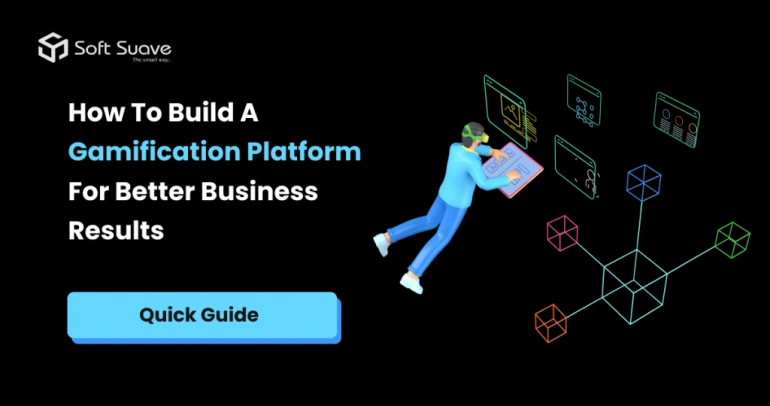
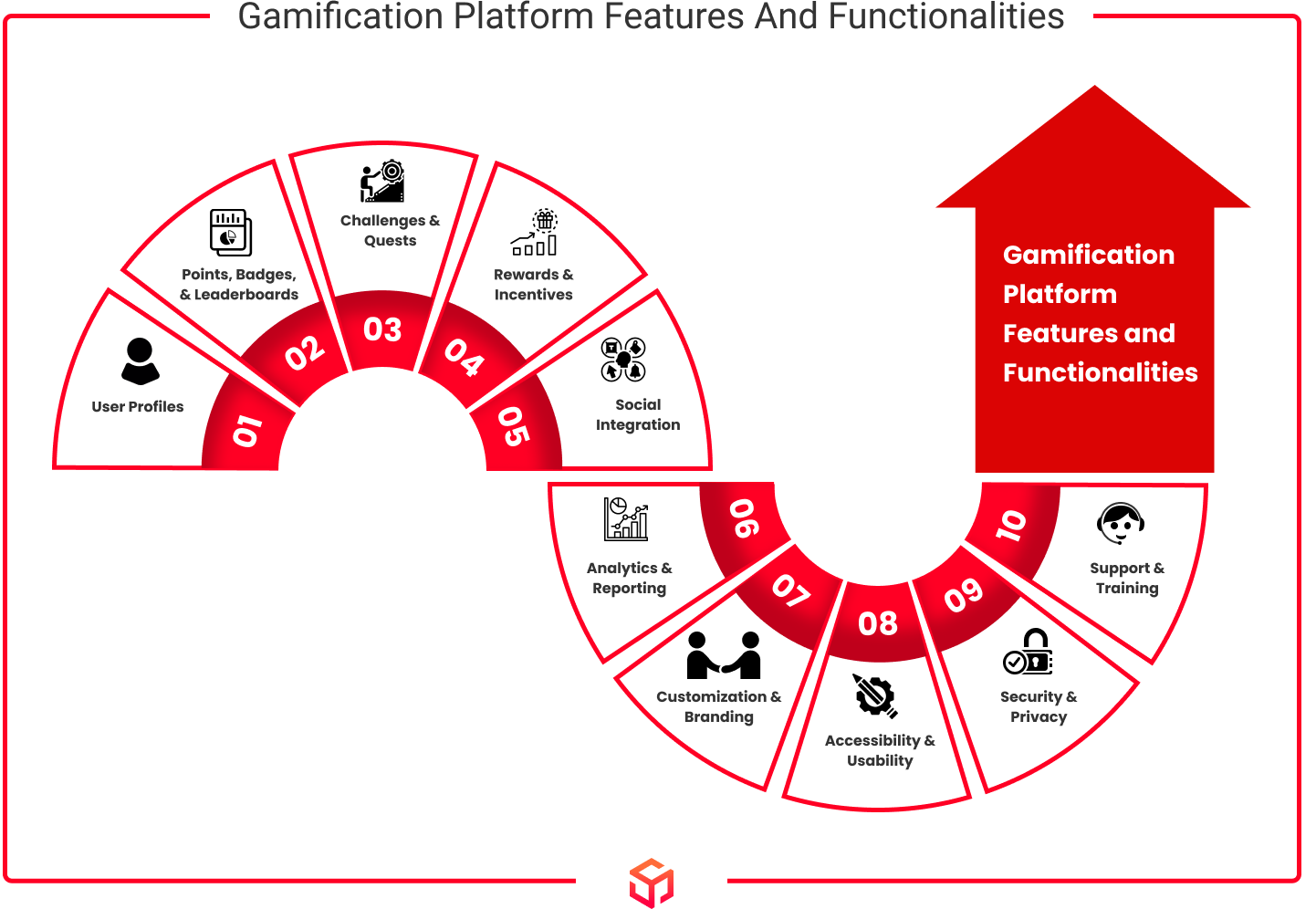 User Profiles
User Profiles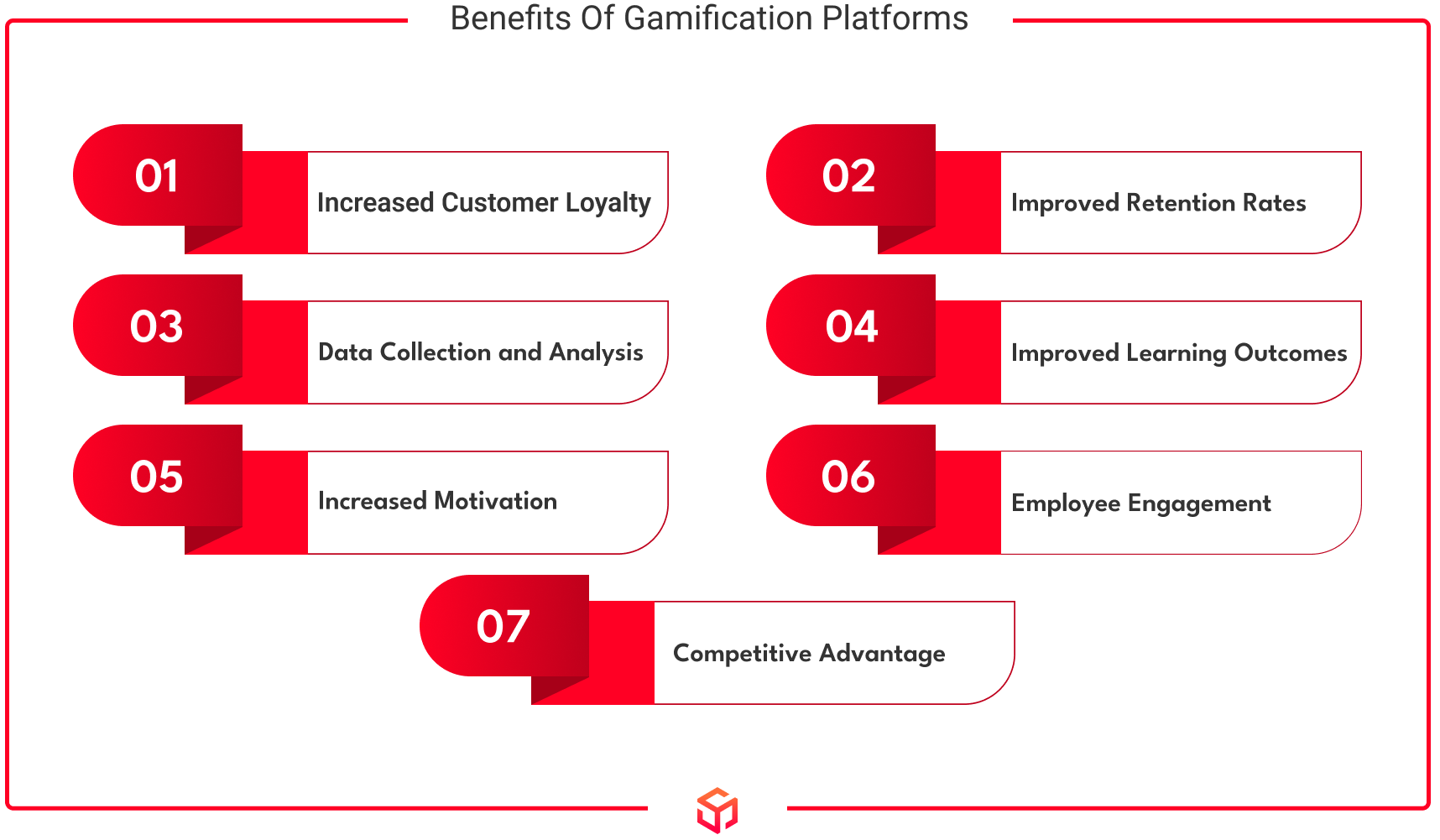 Increased customer loyalty
Increased customer loyalty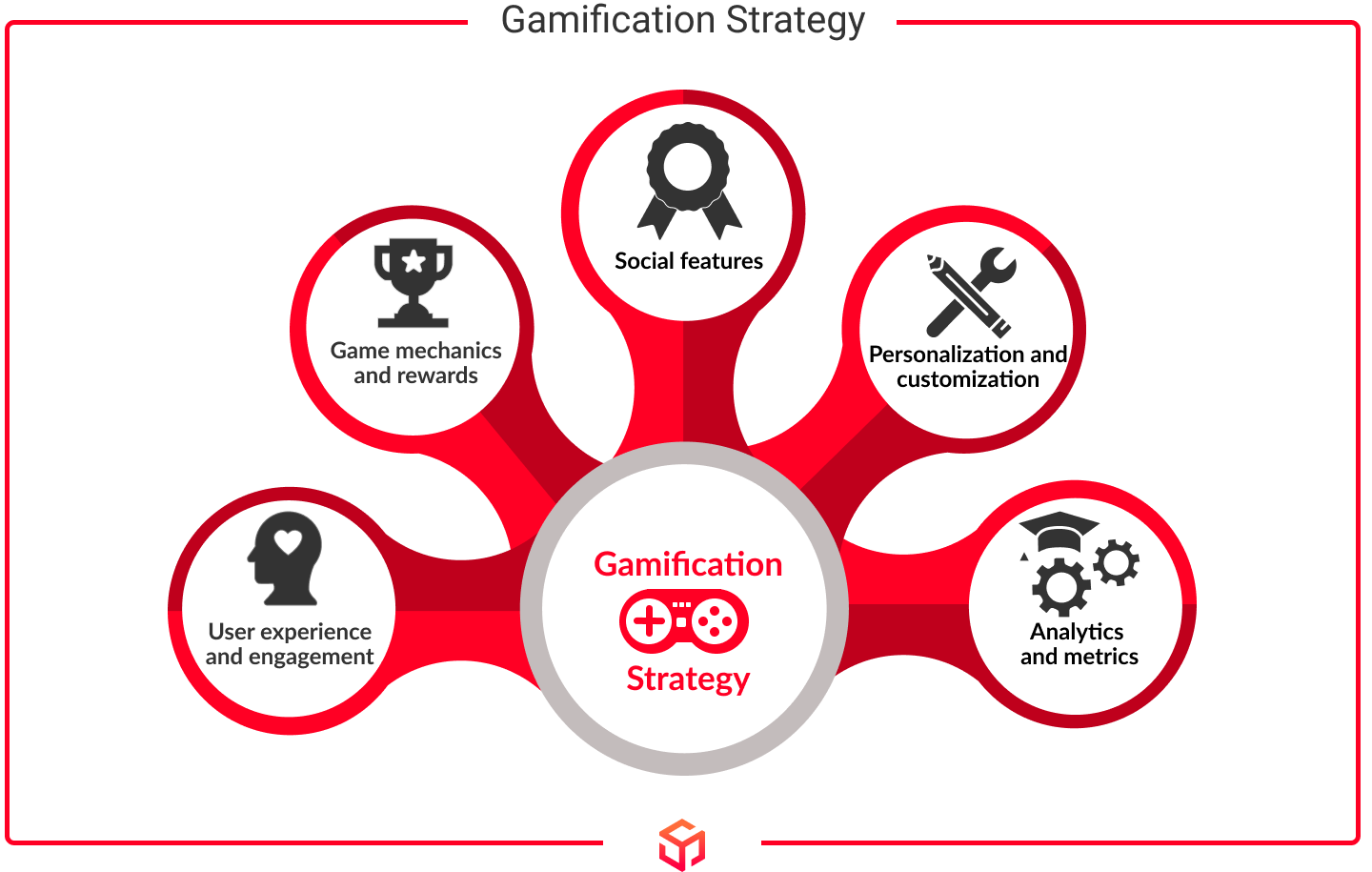 User experience and engagement
User experience and engagement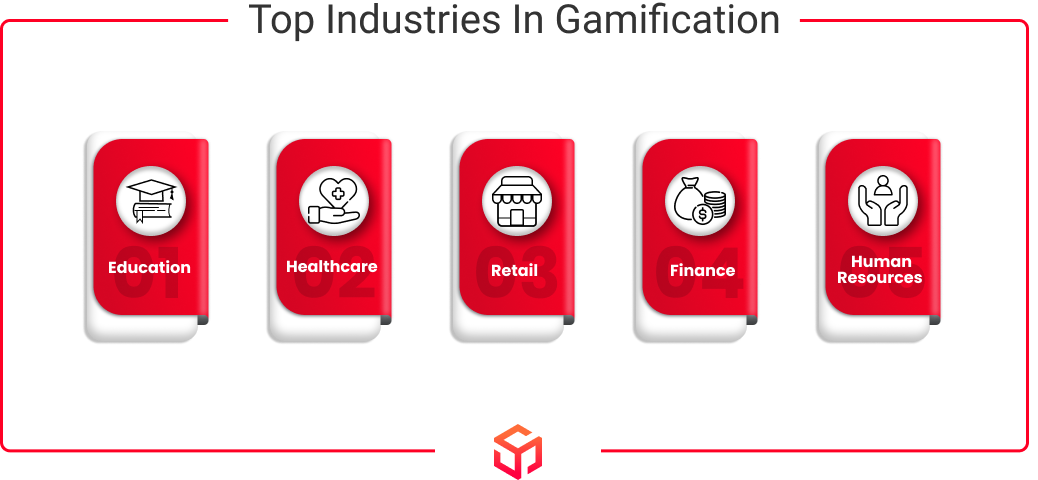 Education
Education
